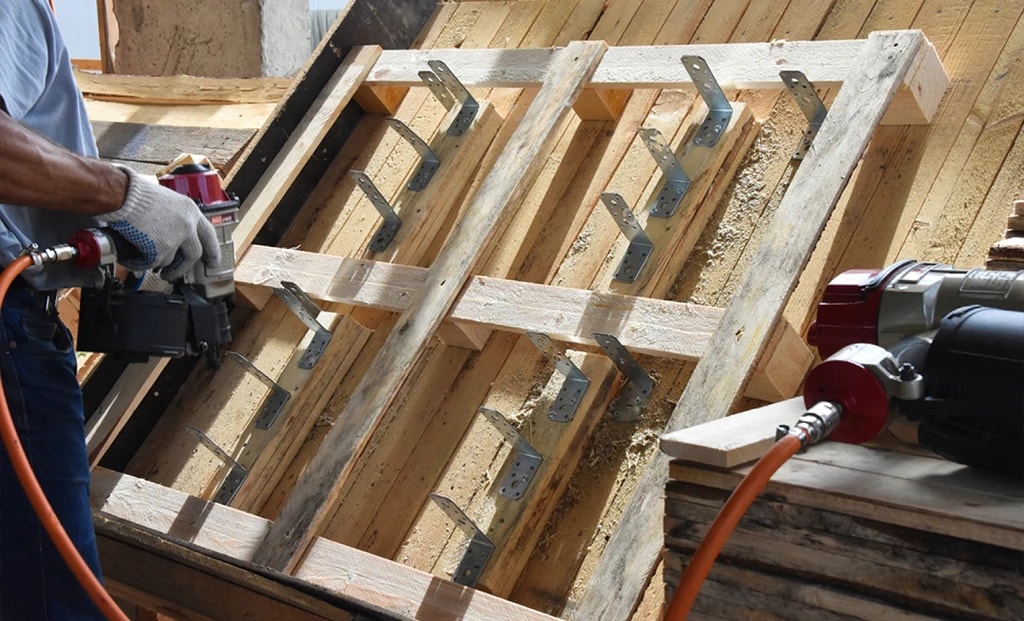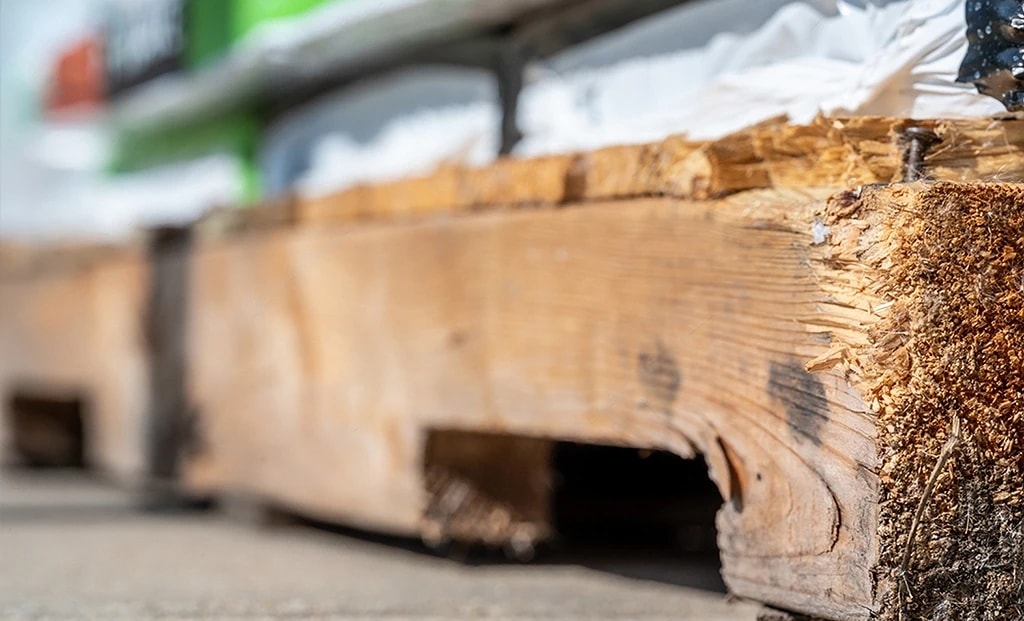Opting to repair or recycle your worn or damaged wood pallets offers both economic benefits and environmental advantages. Were you aware that damaged wood pallets can be repaired and put back into service? Alternatively, if they’re beyond repair, they can be recycled. Extending the lifespan of wood pallets is not only cost-effective but also environmentally friendly.
Reasons to Repair Wood Pallets
What are the specific benefits of repairing wood pallets? Below are several advantages that highlight why repairing wood pallets can be a wise choice for your agricultural business, both financially and environmentally.
Cost Savings
The expenses associated with repeatedly purchasing new pallets can accumulate rapidly. The more new wood pallets you need to buy, the higher the costs for your company. Repairing and recycling wood pallets prove to be much more cost-effective, enabling your agricultural business to continue using the same pallets originally purchased.
Environmentally Friendly
Repairing and reusing wood pallets significantly contributes to environmental conservation. Instead of discarding used and broken pallets, which adds to landfill waste, opting for repair and recycling ensures these pallets remain functional. This approach helps conserve trees, reduces energy consumption in pallet production, and minimizes landfill overflow by keeping recyclable materials out. For companies aiming to promote environmental responsibility, this strategy presents a win-win situation.
Safety
Damaged or broken pallets pose safety risks to workers and can lead to product damage. Opting for repaired pallets ensures structural integrity and reduces the risk of accidents or product loss. Additionally, purchasing properly graded reused pallets ensures supply chain readiness.
Recycling vs. Repairing Pallets: Understanding the Difference
When deciding whether to repair or recycle wood pallets, it’s essential to understand the distinction between the two processes. If your pallets are repairable, they undergo necessary fixes and are returned for reuse. However, if a pallet is irreparable, it undergoes recycling.
Pallet Repair Process
Broken pallets can often be salvaged and repaired for a fraction of the cost of new pallets. Repairing involves replacing missing or damaged boards, tightening or replacing loose components, ensuring all materials are flush, and addressing other safety concerns to maximize pallet durability.
Pallet Recycling Process
When pallets are beyond repair, they are completely dismantled, and the wood is recycled or “upcycled” into various wood-based products, such as wood chips, particleboard, mulch, or animal bedding.
Conclusion
For agricultural businesses aiming to reduce costs and demonstrate environmental stewardship, repairing and recycling pallets offer practical solutions. By prioritizing pallet repair and recycling, companies can minimize waste, conserve resources, and contribute to sustainable practices, all while meeting customer needs and expectations.



